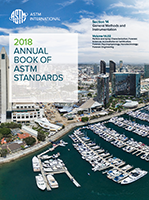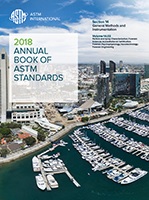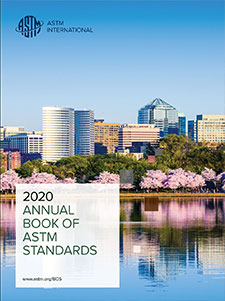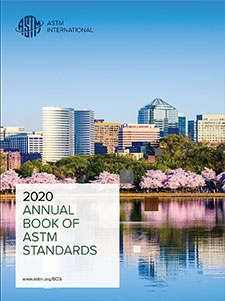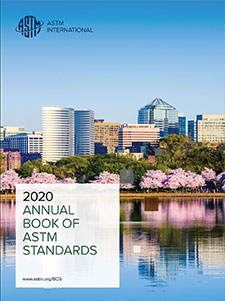Description
1.1 These test methods cover the determination of specific core loss and peak permeability of single layers of sheet-type specimens tested with normal excitation at a frequency of 50 or 60 Hz.
Note 1 – These test methods have been applied only at the commercial power frequencies, 50 and 60 Hz, but with proper instrumentation and application of the principles of testing and calibration embodied in the test methods, they are believed to be adaptable to testing at frequencies ranging from 25 to 400 Hz.
1.2 These test methods use calibration procedures that provide correlation with the 25-cm [250-mm] Epstein test.
1.3 The range of test magnetic flux densities is governed by the properties of the test specimen and by the available instruments and other equipment components. Normally, nonoriented electrical steels can be tested over a range from 8 to 16 kG [0.8 to 1.6 T] for core loss. For oriented electrical steels, the normal range extends to 18 kG [1.8 T]. Maximum magnetic flux densities in peak permeability testing are limited principally by heating of the magnetizing winding and tests are limited normally to a maximum ac magnetic field strength of about 150 Oe [12 000 A/m].
1.4 These test methods cover two alternative procedures as follows:
Test Method 1–Sections 6-12
Test Method 2–Sections 13-19
1.4.1 Test Method 1 uses a test fixture having (1) two windings that encircle the test specimen, and (2) a ferromagnetic yoke structure that serves as the flux return path and has low core loss and low magnetic reluctance.
1.4.2 Test Method 2 uses a test fixture having (1) two windings that encircle the test specimen, (2) a third winding located inside the other two windings and immediately adjacent to one surface of the test specimen, and (3) a ferromagnetic yoke structure which serves as the flux-return path and has low magnetic reluctance.
1.5 The values and equations stated in customary (cgs-emu and inch-pound) units or SI units are to be regarded separately as standard. Within this standard, SI units are shown in brackets except for the sections concerning calculations where there are separate sections for the respective unit systems. The values stated in each system may not be exact equivalents; therefore, each system shall be used independently of the other. Combining values from the two systems may result in nonconformance with this standard.
1.6 This standard does not purport to address all of the safety concerns, if any, associated with its use. It is the responsibility of the user of this standard to establish appropriate safety and health practices and determine the applicability of regulatory limitations prior to use.
Product Details
- Published:
- 05/01/2009
- Number of Pages:
- 16
- File Size:
- 1 file , 230 KB


